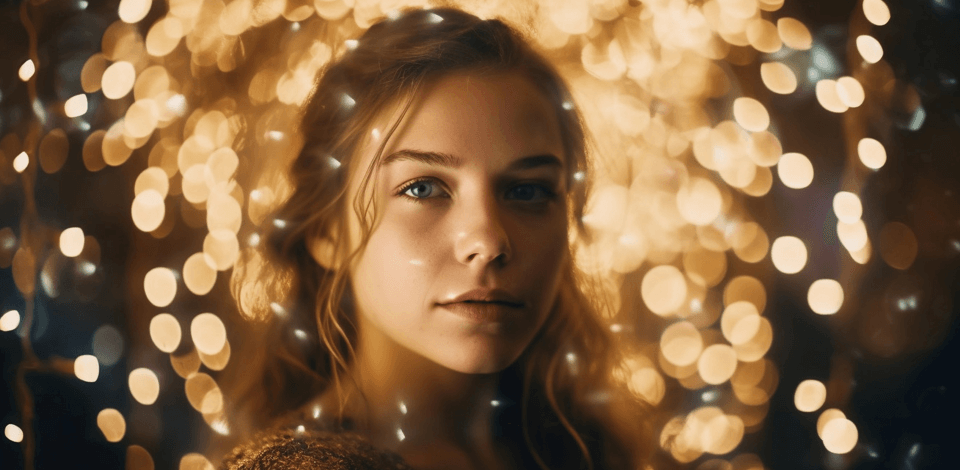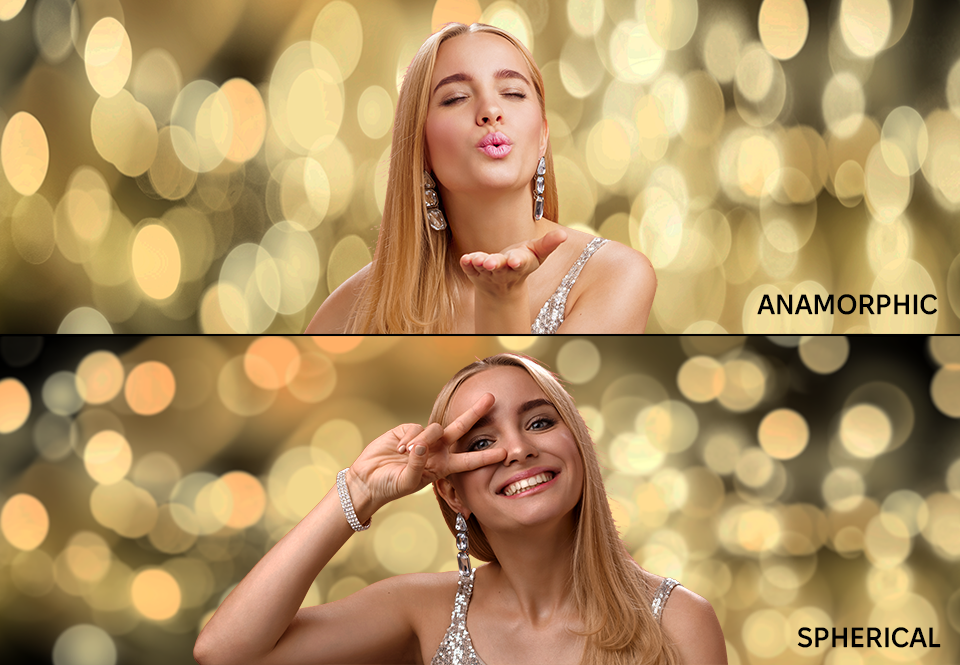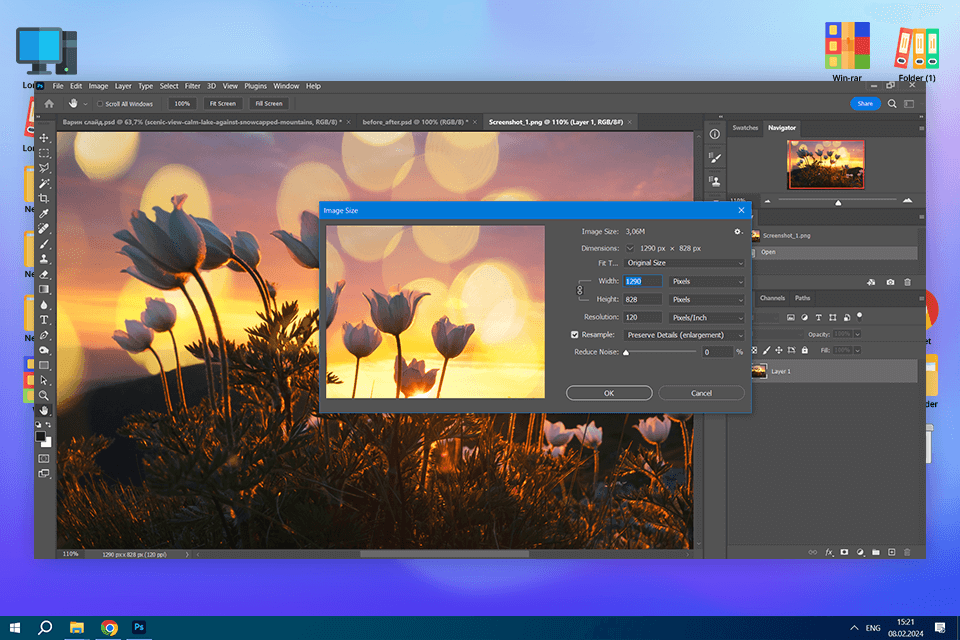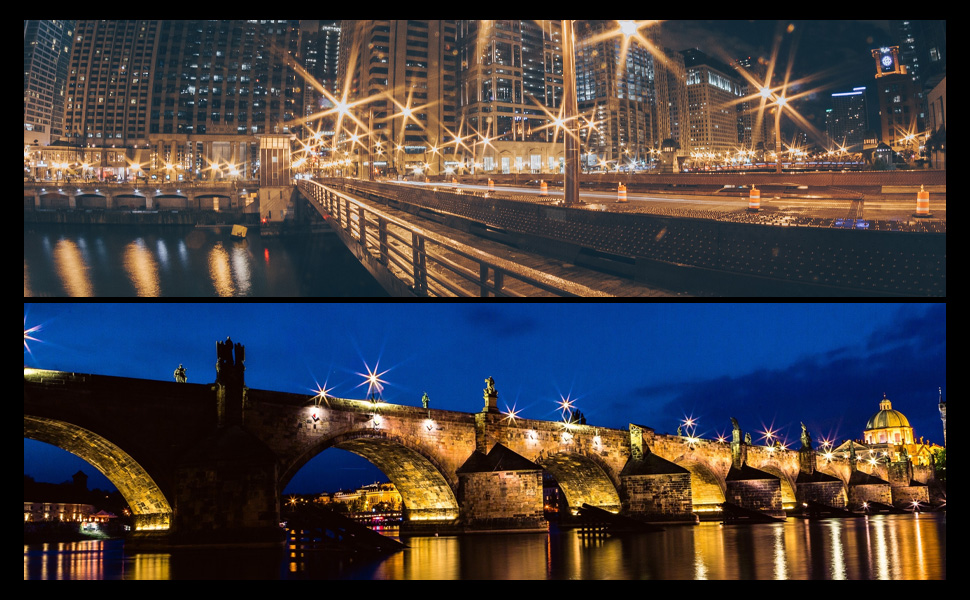
I like using anamorphic lens for photography due to its capability to compress or “squeeze” an image in a horizontal dimension. Therefore, it is possible to get a wide field of view even when employing a standard film frame or sensor.
With such lenses, you can receive creative pictures no matter whether you photograph people, plants, animals, etc.
Recently, anamorphic lenses have gained popularity among videographers and filmmakers through TikTok. They serve as an efficient addition to DSLRs and mirrorless cameras. Besides, it is possible to attach them to iPhones and other portable devices with cameras.

Photographers and filmmakers like anamorphic lenses because they make it possible to achieve a wider field of view and a more immersive 2.39:1 aspect ratio. Getting such a result with traditional spherical lenses is impossible. Anamorphic lenses compress the image horizontally, so you can capture wide-angle scenes with standard-sized sensors. The quality of frames is great.
When using an anamorphic lens, you can choose from 3 aspect ratio options –1.33x (also known as "Scope"), 2.35x (or "Ultra Panavision"), and 1.85x.
| 1.33x | 2.35x | 1.85x | |
|---|---|---|---|
|
Lens Type/Stretch |
1.33x Stretch Anamorphic |
2x Stretch Anamorphic |
Minimal to no stretch |
|
Final Image Ratio |
~2.35:1
|
~3.55:1 |
~1.85:1 |
|
Look/Style
|
Creates a cinematic widescreen look, dramatic landscapes, and sweeping compositions |
Ultra-wide, panoramic look that feels cinematic, best for wide vistas or artistic shots
|
Close to traditional full-frame aspect ratio, natural look
|
|
Advantages |
Converts standard 3:2 sensor images to a wide 2.35:1 without significant cropping |
Very unique, eye-catching ultra-wide images
|
Balanced look, less distorted than stretched anamorphic
|
|
My Observations |
May leave some distortion at the edges; while framing you may need to crop a shot |
Extremely wide; hard to use for portraits or close-ups without cropping out important details
|
Not as "cinematic" or wide, but more practical for a variety of subjects
|
When I pick up camera lenses, I always consider the focal length. An anamorphic lens often has a more limited selection of focal lengths compared to conventional lenses. 35 mm, 50 mm, 85 mm are the most popular focal lengths. Wide lenses (up to 35mm) can create interesting cinematic effects, while long ones such as 50mm lenses are good for portraits and medium close-ups.
In turn, the aperture width affects the brightness of the lens. Anamorphic lenses often have an aperture of f/1.8 to f/4. f/1.8 or f/2, so they allow for nice bokeh and work well in low light. Lenses with a smaller aperture will be less powerful, but images can turn up sharper. Besides, such lenses are better suited for taking images of landscapes or architecture.
Moreover, make sure the lens fits your camera. Check which mount is right for you - EF, PL, MFT (Micro Four Thirds) or E-mount for mirrorless cameras. If the lens does not fit, you can use adapters, but this may affect the image quality.

If you want to try your hand at anamorphic photography, you need to decide whether you’ll attach an anamorphic lens directly to a camera or use it as an over-the-lens adaptor for Sony, Nikon, or Canon body. If you are taking your first steps in this field, renting equipment is a smart choice.
| LENS | LEVEL | FEATURES | |
|---|---|---|---|

|
SIRUI 35mm f/1.8 1.33x
Beginner
|
CHECK PRICE → | |

|
SIRUI 50mm f/1.8 1.33x
Beginner
|
CHECK PRICE → | |

|
SIRUI 75mm f/1.8 1.33x
Beginner
|
CHECK PRICE → | |

|
Vazen 40mm T2 1.8x Anamorphic
Professional
|
CHECK PRICE → | |

|
Atlas Orion 65mm 2x Anamorphic
Professional
|
CHECK PRICE → |
As for adapters, I have tested SIRUI T2.9, which transformed my camera lenses into full-featured anamorphic optics. If you go further and add your adapter to an anamorphic lens, you will get the squeeze factor of 2x when the initial number is 1.6x.


Should I get an anamorphic lens? If you want to beautify your pictures and videos with a cinematic look, you should definitely get it. Though there are different AI tools that promise to mimic this effect during post-production, basic accessories like lenses still produce better results.
Multiple companies manufacture anamorphic smartphone lenses, including Moment, Sandmarc, and Moondog Labs. I have tested the most popular options.
| IMAGE | NAME | FEATURES | |
|---|---|---|---|

|
Moment Anamorphic 1.33x Lens
|
CHECK PRICE → | |

|
SIRUI VD-01 Anamorphic Lens 1.33x
|
CHECK PRICE → | |

|
SMALLRIG 1.33X Anamorphic Lens for Mobile Phone
|
CHECK PRICE → |
Once you’ve bought an anamorphic lens for still photography, download a mobile camera app. I recommend Filmic Pro or Moment Pro Camera App. These apps offer tools and settings specifically designed to help you shoot anamorphic footage with your phone.

Oval bokeh. One of the reasons to opt for an anamorphic lens is the oval bokeh it produces. Unlike the circular bokeh typical of spherical lenses, anamorphic lenses create a distorted, oval shape for out-of-focus elements. Thanks to such a unique quality, your photographs will acquire mesmerizing aesthetics, drawing attention to the subject and boosting its clarity.
Flaring effects. Due to the unique optical design of anamorphic lenses, they often create noticeable flaring effects. As light passes through the lens, it can reflect and refract within the optics, producing distinct streaks or soft blooms of light. You can somehow control these effects, using various coatings or filters.
Rack focusing. By rapidly switching between in-focus and out-of-focus areas, you can create a dramatic effect where the focus appears to "rack" from one point to another. The oval bokeh produced by anamorphic lenses enhances this effect, making it visually engaging.

Learn to frame anamorphic shots. When using a full frame anamorphic lens, it is paramount to establish a balance between a subject and the overall composition. You can get inspired by various examples of framing in photography and ask your friends or relatives to participate in your experiments.
Choose the proper aspect ratio. The aspect ratio is very important in anamorphic photography. You can’t do without tweaking it when de-squeezing your photos during editing. The main task is to achieve a wider aspect ratio.
Compose wider images. Anamorphic lenses give you wider frames to work with. Use this to your advantage by capturing more of your surroundings. For instance, you can capture a sweeping landscape, a towering building, or a group of friends, and have extra dimension in your photos. I also advise playing with off-center compositions to create images that immediately evoke interest.

Work in dim light for more impressive results. If you want to create a moody, cinematic atmosphere in your photos, shoot with an anamorphic lens in low-light conditions. The oval bokeh and flares will be even more pronounced. Thus, your pictures will acquire a distinctive and eye-catching look.
Use different perspectives. Anamorphic lens photos stand out with a stretched horizontal field of view. Such composition works particularly great in tight spaces and with wide scenes because of mesmerizing perspectives. I highly recommend to experiment with angles and distances for a truly captivating outcome.
When you use an anamorphic lens for photography or videography, you may notice that your final images or footage have a stretched or compressed look. This is because anamorphic lenses are designed to capture a wider aspect ratio than standard lenses within a standard film frame.
But what does an anamorphic lens do? It 'squeezes' the image, including the out-of-focus areas, into an oval shape. To make the image look normal again, you'll need to 'de-squeeze' it during post-processing.

Take these steps in Photoshop to de-squeeze your frame:
After that, you can upload your processed photo to Lightroom to make it even more beautiful. Noise Reduction and Dehaze functions work perfectly for the task.
Widescreen anamorphic lenses or cinema lenses are must-have equipment for creating Hollywood masterpieces. Experts prefer this type of lens for their unique characteristics. However, today they are actively used not only for professional purposes but for personal needs as well.

I recently took portraits using a SIRUI widescreen anamorphic lens and loved how it expanded the horizontal field of view by 33%. It was perfect for capturing close-up half-body shots and full-body portraits from a medium to long distance.

Photography with anamorphic lens appeals to those, who want to capture large scenes in a unique way. For instance, you can fit spacious urban settings into a frame and achieve a much-loved cinematic look.
The photo will become even more beautiful if you capture neon lights or street lamps. Another light source that is suitable for such images is the setting sun, especially if you photograph it in the desert. The combination of vast sandy emptiness and the sun is sure to intrigue viewers.
Other scenes you can capture are misty forest trails, a rugged cliffside with a lonely lighthouse, an ancient train station, a person standing on the bridge, and the like.

The SIRUI 35mm/F1.8 1.33X widescreen anamorphic lens has a horizontal angle of view that is similar to a regular 40mm lens. So, it is suitable for many different types of photography, including food photography. You can use it to take close-up photos of food or to capture the entire scene of a cooking process. Be creative with food photography ideas.

To create a captivating scene, start by incorporating visually rich props or decorations. You can use festive red and green Christmas ornaments, intricate red paper-cut designs for the Spring Festival, or an elegant bride in a snow-white dress. Then, shift the focus to the joyful crowd, filled with laughter and fun. Even in tight, indoor spaces, an anamorphic lens helps you capture a broader view at a short distance.